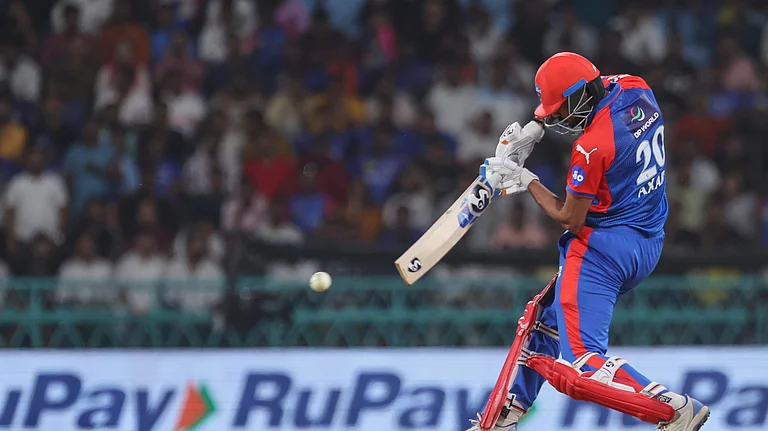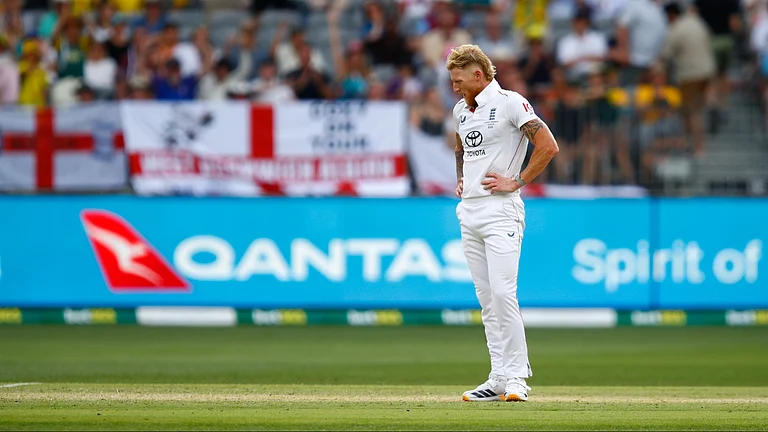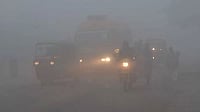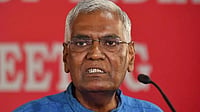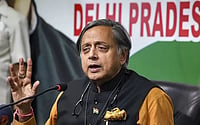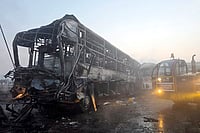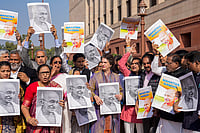THE poor are in the news again. Not because elections are close, but because an unseemly dispute has broken out over their total number. In April, the Government found to its glee that people were growing prosperous and only 19 per cent remained under the mythical poverty line. In other words, they spent only Rs 3,160 a year on consumption of basic cereals and energy in urban areas, and Rs 2,747 in rural areas. Six months later, by a small quirk of process we are back to square zero: two-fifths of Indians are still below the border of misery, the same as in 1986-87.
Emphasising that poverty is indeed going down, a senior economist and former Planning Commission member says: "Like the 3 per cent Hindu rate of growth, we now have a 40 per cent Hindu rate of poverty. The Planning Commission has the biggest vested interest in poverty, otherwise theres no logic in its existence. Theres no true estimate, and the yardstick for measurement is driven by the current ideology." Others argue that its only a numbers gamepoverty is as widespread as ever. The reality is grimmer: a sudden jump in the number of poor will mean special nurturing of the vote bank. One, the number of target beneficiaries of all employment generation schemes will shoot up, needing higher Government spend. So will the revamped public distribution system, which will give cereals at half the market price to those below the poverty line from next year. Two, states implementing the welfare programmes will fight for a fatter wedge of the pie, and political affinities might win the day. And the plea that larger allocations have been quite useless for the poor will go unheard.
How did poverty double? There is a method in this madness. The poor originate out of National Sample Survey data, which give, every five years, the mean household total consumption expenditure for states and the size distribution of population around the mean. The poverty is computed on the recommended per capita daily intake of 2,100 calories per day in urban areas and a higher (because villagers do more manual work) 2,400 calories in rural areas.
But to arrive at the magical figure of 19 per cent, though not deliberately, the Planning Commission adjusted the NSS data with the much higher income data of the Central Statistical Organisation. But, says Abusaleh Shariff, head, HRD Programme Area, NCAER: "The problem of using state domestic product data is that it includes productivity of machines too and is consequently much higher. Its not survey data. This is done on the plea that the poor tend to understate their consumption. Thats wrong, only the very rich do that. Secondly, the last Commission estimate came out of a much smaller sample of NSS (50th round), compared to the five-yearly samples of 1.5 lakh people. As a result, the disparity between the actual observed expenditure and state incomes is growing. And poverty is falling dramatically." NCAERs own figure for rural poverty is 39 per cent in 1993-94 (poverty line equals Rs 2,944 per year), a little higher than the new estimates. It has found that poverty has increased in intensitythe Amartya Sen index for India is only 0.18. For instance, 16 per cent of the poor have a daily income of Rs 3 and another 18 per cent get Rs 5.5.
To correct this unreality, the Commission wants to adopt the methodology recommended in June 1993 by an expert group headed by the late economist D.T. Lakdawala, which was quietly shelved by the previous government. Says Deputy Chairman Madhu Dandavate: "This estimate is much closer to ground realities with state variations. It will help raise the allocation for poverty alleviation and tackle poverty directly." The Lakdawala method also wants poverty estimates supplemented with health, educational and living environment status. Says Sharief: "The cost of primary education and health care is not even notionally covered by the deficient definition of poverty. Its not just hunger, its a whole lifestyle." NCAER has, therefore, come out with a Capability Poverty Measure (CPM), like the UNDP Human Development Index, computed on three parameters: number of births without medical support, the percentage of illiterate female kids, and height deficiency of children (stunted growth). Which shows the same number of below-poverty line population but puts over 52 per cent below the CPM.
Unfortunately, with food prices rising by 9 to 10 per cent every year, poverty cannot but rise. "A fact which is also evident from the rise in usual principal status unemployment for men," says Dr Y.K. Alagh, planning minister. And the remedy is to strengthen agriculture. Until that happens, the numbers game may carry on.







